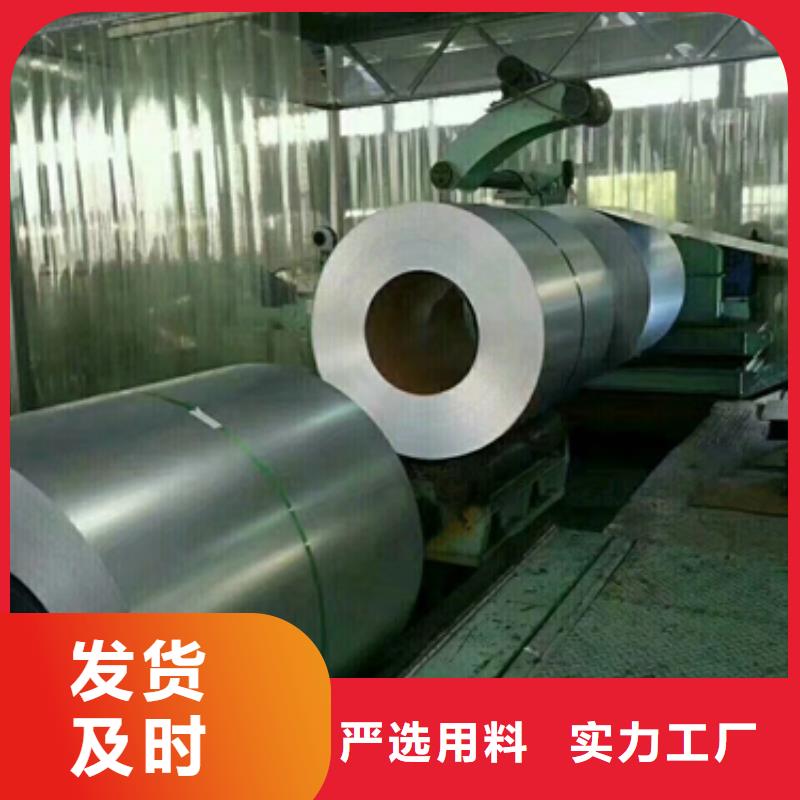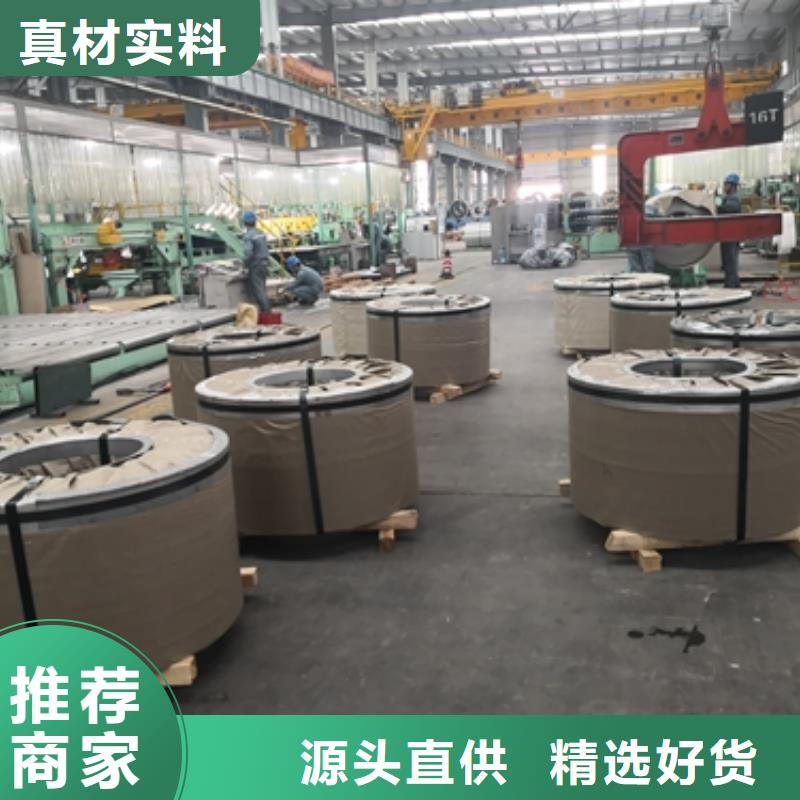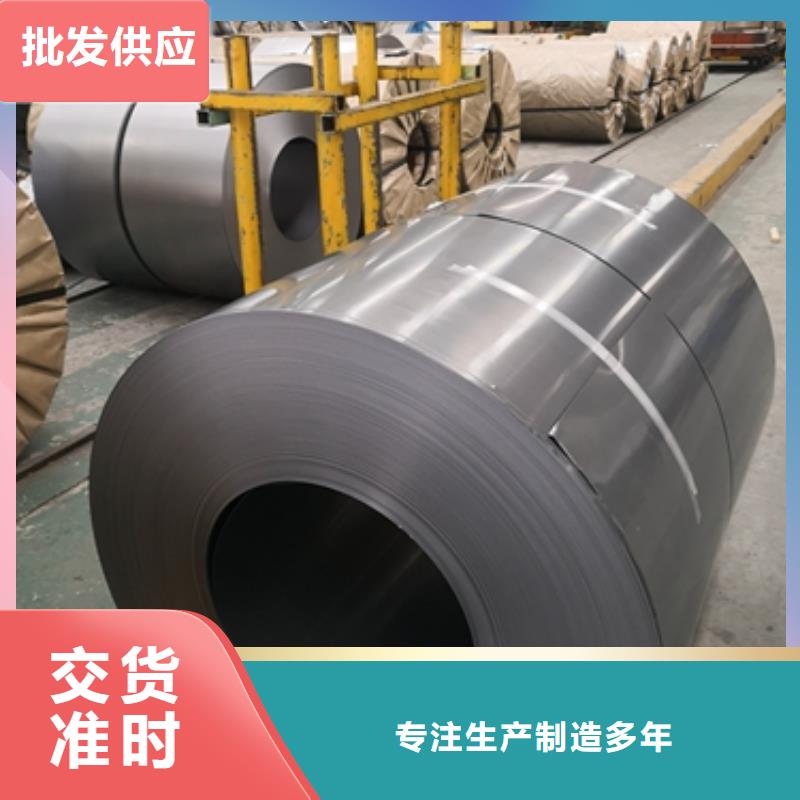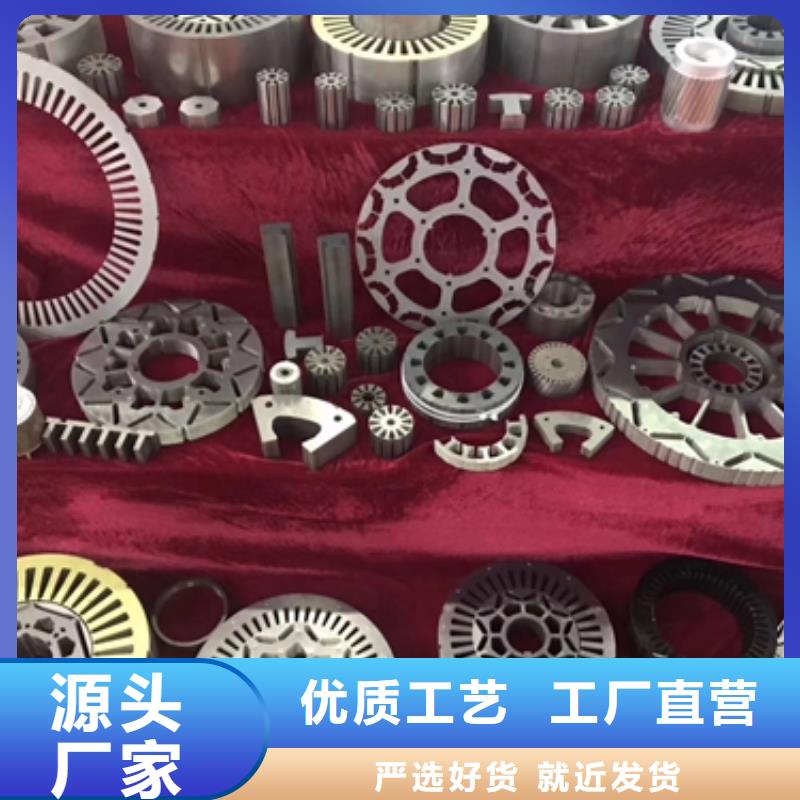想要了解电工钢硅钢片汽车车轮用钢满足客户所需产品吗?点击观看我们上传的视频介绍,它将用更直观的方式展现产品的特点和优势,让您对产品有更深入的了解。
以下是:电工钢硅钢片汽车车轮用钢满足客户所需的图文介绍
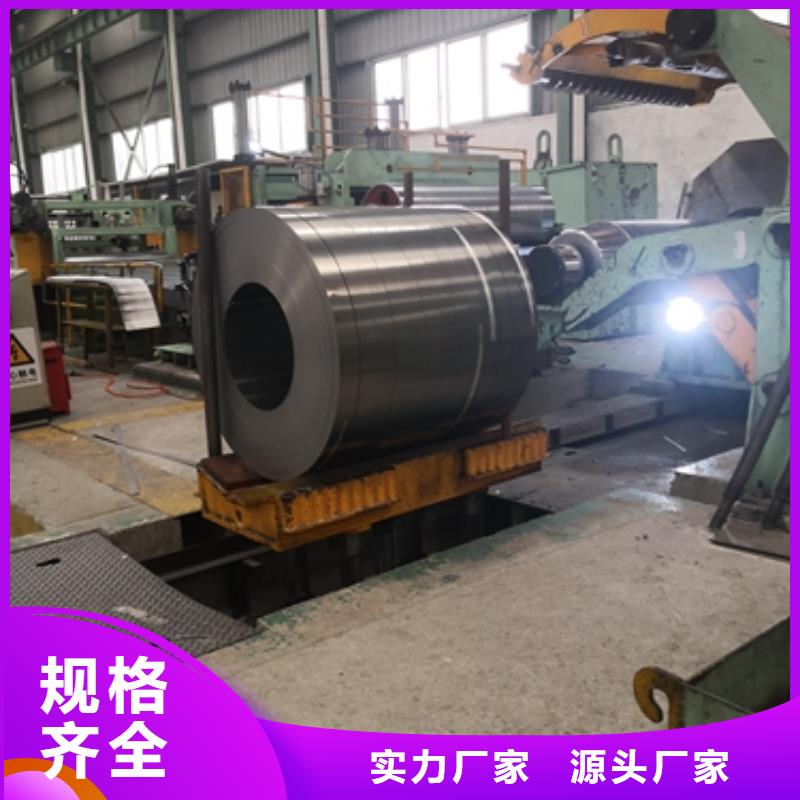
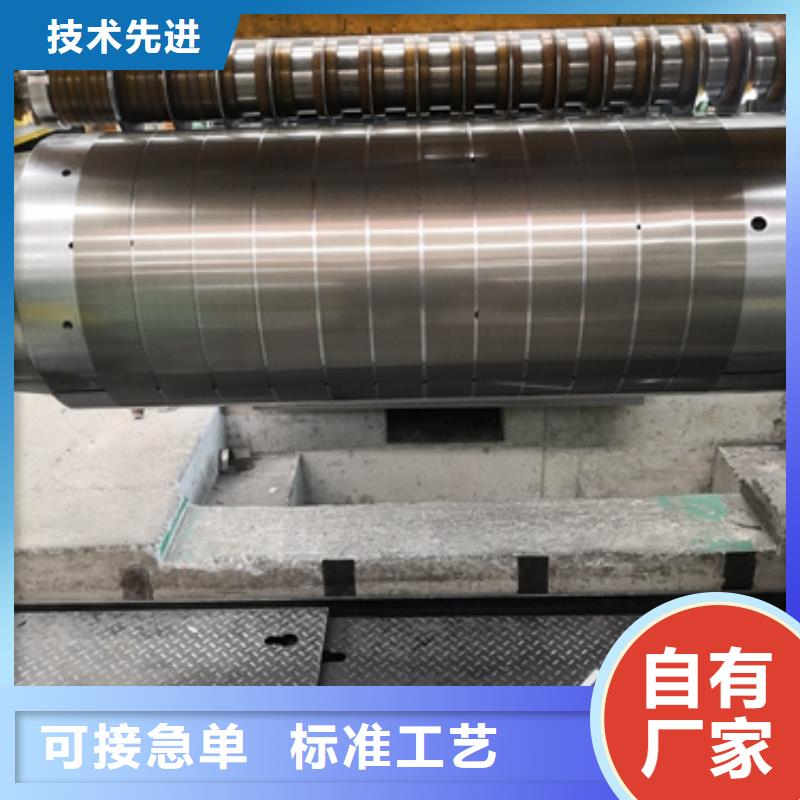
电工钢硅钢片Electrical steel, also known as silicon steel sheet, is an indispensable metal material in the power, electronics, and military industries, and is also the largest functional material in production. It is mainly used as the iron core for various motors, generators, and transformers. Since it is a functional material, its performance testing also revolves around "function". These indicators are often mentioned in trade and processing processes, and a brief understanding can help everyone better carry out their work. The performance testing of electrical steel mainly includes the following aspects: magnetic inspection, stacking coefficient inspection, coating adhesion inspection, repeated bending inspection, size and shape surface inspection, and conventional mechanical property inspection. In addition to the types of products listed above, there are also some special purpose electrical steel plates, such as 0.15 and 0.20mm thick 3% Si cold-rolled non oriented silicon steel strips and 0.025, 0.05, and 0.1mm thick 3% Si cold-rolled oriented silicon steel strips, which are used as intermediate and intermediate grade High frequency motors and transformers, as well as pulse transformers, etc; 0.7mm thick 3% Si high-strength cold-rolled non oriented silicon steel plate for relays and power switches; High strength cold-rolled electrical steel plate for new high-speed motor rotors; Low carbon electrical steel hot-rolled thick and cold-rolled plates for magnetic shielding and high-energy accelerator electromagnets such as medical magnetic resonance tomography scanners; 4.5% to 6.5% Si high silicon steel plates for high-frequency motors, transformers, and magnetic shielding.
Generally, motors, transformers, and other electrical components are required to have high efficiency, low power consumption, small size, and light weight. Electrical steel plates are usually guaranteed to have magnetic properties based on core loss and magnetic induction strength. Magnetic induction strength is the number of magnetic lines passing through a unit cross-sectional area of the iron core, also known as magnetic flux density. It represents the material‘s magnetization ability, measured in T. The magnetic induction strength of electrical steel plates is high, and the excitation current (also known as no-load current) of the iron core is reduced. Copper and iron losses are also reduced, which can save electrical energy. When the power of the motor and transformer remains constant, the magnetic induction intensity is high, and the design Bm can be increased. The cross-sectional area of the iron core can be reduced, which reduces the volume and weight of the iron core, and saves the amount of electrical steel plates, wires, insulation materials, and structural materials used. This can reduce the total loss and manufacturing cost of the motor and transformer, and is beneficial for the manufacturing, installation, and transportation of large transformers and motors. The main requirements for the performance of silicon steel are:
1. Low iron loss is the most important indicator of the quality of silicon steel sheets. Various countries classify grades based on iron loss values, with the lower the iron loss, the higher the grade.
2. Under strong magnetic fields, the magnetic induction intensity (magnetic induction) is high, which reduces the volume and weight of the iron core of the motor and transformer, saving silicon steel sheets, copper wires, and insulation materials.
3. The surface is smooth, flat, and the thickness is uniform, which can improve the filling coefficient of the iron core.
4. Good lamination performance is more important for manufacturing micro and small electric motors.
5. The adhesion and weldability of the surface insulation film are good, which can prevent corrosion and improve the punching performan
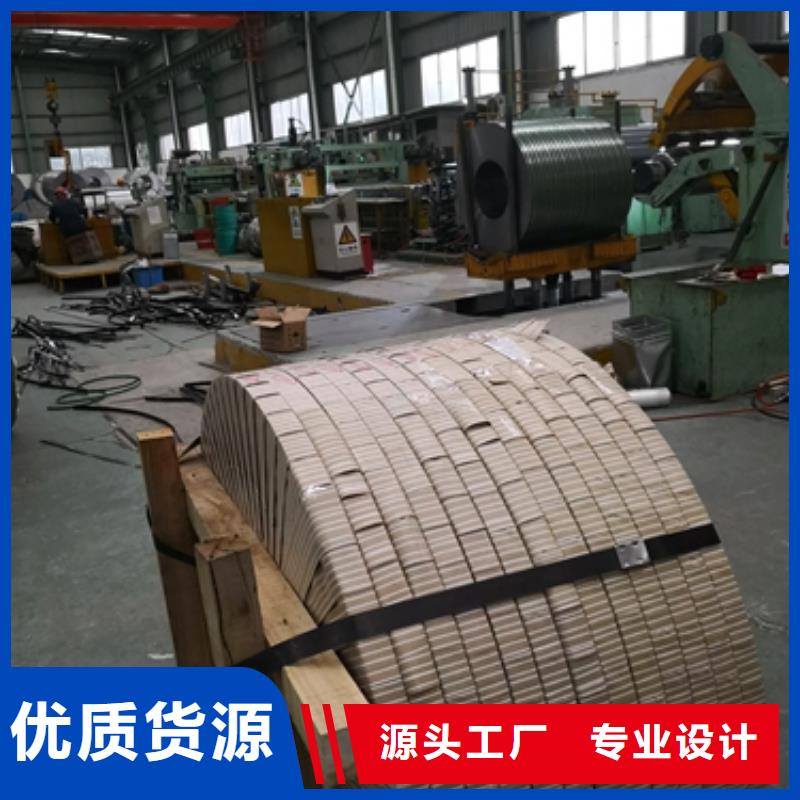
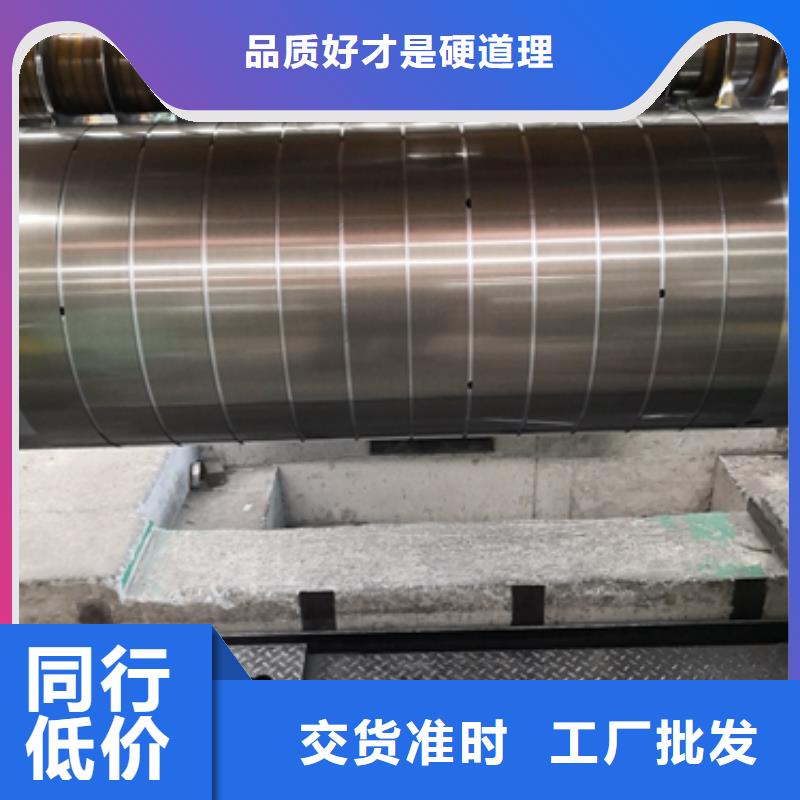
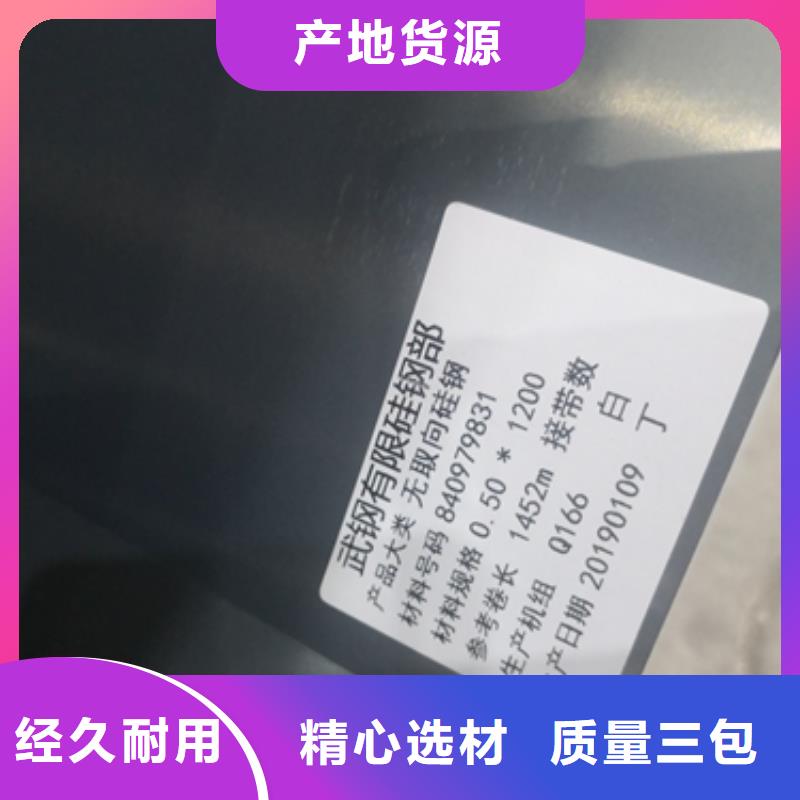
鹿程国际贸易有限公司是集科研、生产、销售、施工、服务于一体的现代化经济实体企业,公司地处宝山区蕰川公路777号宝钢厂区607-609室,地理位置十分优越,交通便利。公司技术力量雄厚,拥有国内先进的生产设备,独特的生产工艺和质量检测手段,并且还注入了大批高技术人才和管理人员,从而决定了产品的优越品质,使之企业不断壮大,蓬勃发展。做到科学设计,合理施工,几年来,公司凭借着产品优良的品质、合理的价格、完善的服务,诚信的行为,使得客户得到质的产品。公司秉承,理性,持续发展的战略思想,坚持开拓创新,精密制造,诚信务实,回报社会的企业精神,愿以国内各界新老客户精诚合作,共创事业未来!
电工钢硅钢片汽车车轮用钢满足客户所需
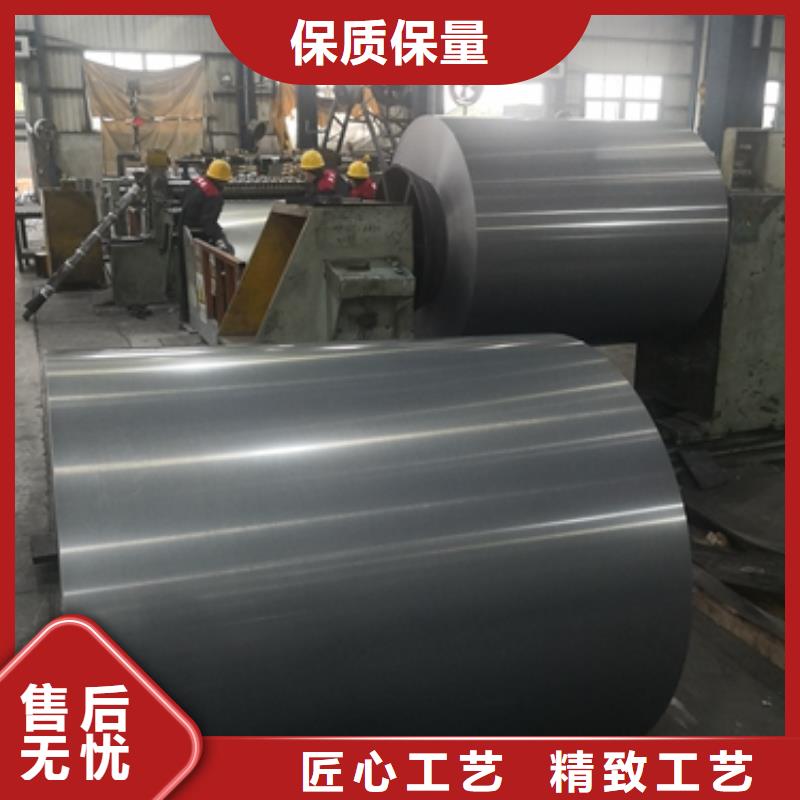

电工钢硅钢片应力退火电工钢在剪切、浙江嘉兴同城冲片和弯曲加工等机械变形作用下,电磁性能将发生劣化。为此进行应力退火,可以使电工钢的电磁性能恢复至原来水平。应力退火的条件和工艺将根据加工程度、浙江嘉兴同城退火炉况等有明显不同,用户务必注意如下几点:(1) 加热与冷却速度电磁性能一般不受加热和冷却速度的影响,但用户需确保材料不变形。(2)退火温度与保温时间取向电工钢退火温度在780-820℃之间较为适宜,为确保退火效果,退火材料应均热的保持,保温时间应根据铁芯形状、浙江嘉兴同城装炉量等进行调整。(3)防止渗碳与氧化由于渗碳及氧化会使电磁性能劣化,用户应充分注意炉内气体,并确保炉内气体的露点在较低状态。另外,为防止在退火中发生渗碳,应该在退火前,将铁芯加工过程中润滑油脂等有机化合物干净。同时,为确保退火效果,建议与炉内高温接触部分尽量采用低碳含量材料。有害物质限定承诺 宝钢的取向电工钢产品符合RoHS、浙江嘉兴同城REACH有害物质限定要求。
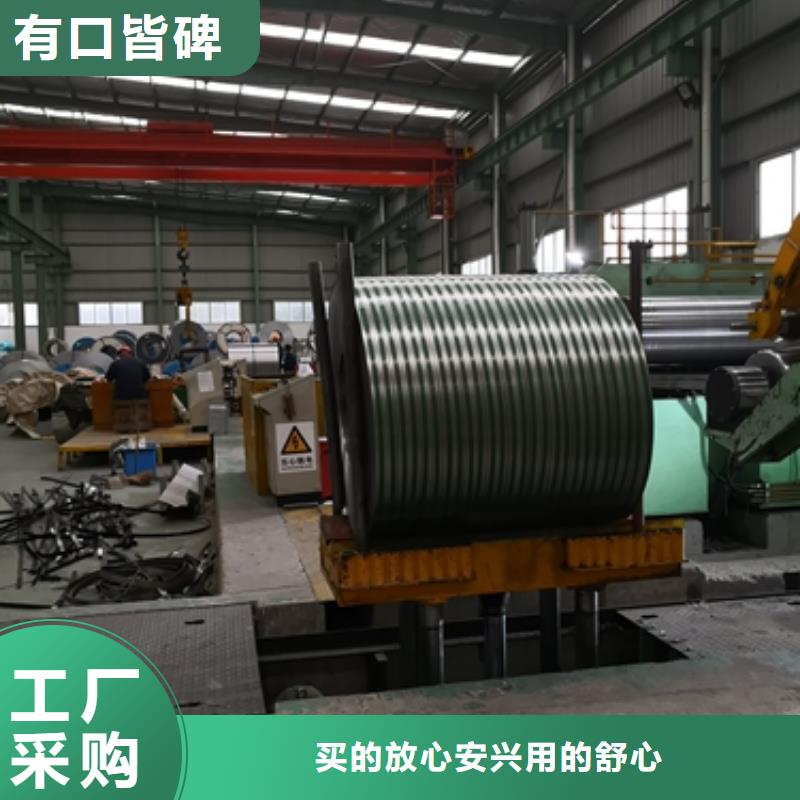
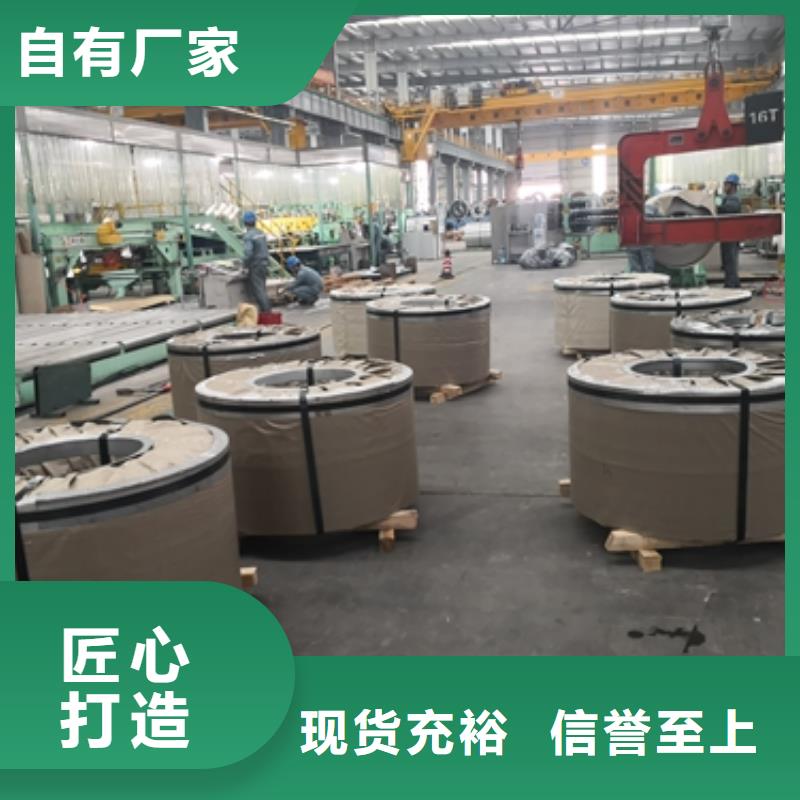
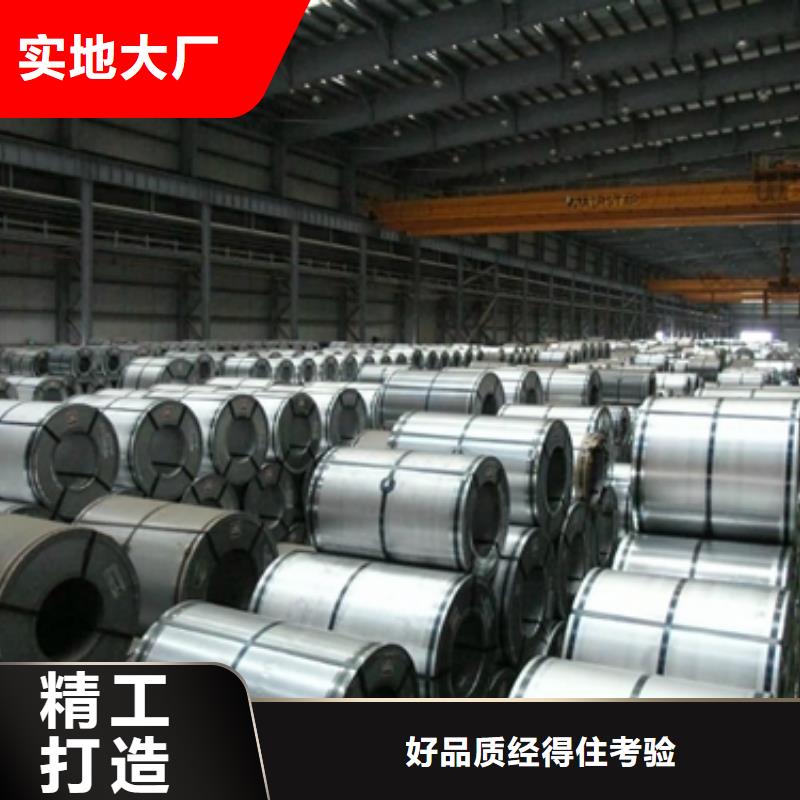
电工钢硅钢片对电工钢板性能的要求如下:铁芯损耗(PT)低铁芯损耗是指铁芯在≥50Hz交变磁场下磁化时所消耗的无效电能,简称铁损,也称交变损耗,其单位为W/kg。这种由于磁通变化受到各种阻碍而消耗的无效电能,通过铁芯发热既损失掉电能,又引起电机和变压器的温升。电工钢的铁损(PT)包括磁滞损耗、浙江嘉兴当地涡流损耗(Pe)和反常损耗(Pa)三部分。电工钢板铁损低,既可节省大量电能,又可延长电机和变压器工作运转时间,并简化冷却装置。由于电工钢板的铁损所造成的电量损失占各国全年发电量的2.5%~4.5%,因此各国生产电工钢板总是千方百计设法降低铁损,并以铁损作为考核产品磁性的重要指标,按产品的铁损值作为划分产品牌号的依据。冷轧取向电工钢:冷轧取向电工钢是电工钢中的高端产品,与冷轧无取向电工钢相比,磁性具有强烈的方向性;在易磁化的轧制方向上具有优越的高磁导率与低损耗特性。取向钢带在轧制方向的铁损仅为横向的1/3,磁导率之比为6:1。用途:冷轧取向硅钢带主要的用途是用于变压器制造。


